



https://www.veteranstodayarchives.com/2015/09/01/vt-nuclear-education-freon-and-the-hohlraum/

by Ian Greenhalgh with Jeff SmithThe remains of a car in Tianjin. Note the completely melted aluminium radiator.
One of the key pieces of evidence that allowed the experts at VT to identify the aftermath of nuclear explosions in Tianjin was the presence of large numbers of cars that had been burned out in a manner which could not have been caused by any conventional fire, but rather, is the result of radiation. In our article Confirmation – Tianjin Was Nuked we briefly covered the incineration of the radiators and cooling systems of the cars and mentioned that this was due to the presence of freon gas in the cooling systems and when stuck by the radiation of a nuclear blast, this Freon acted like the secondary core of a classic hydrogen bomb. In this article, we give you the technical information to better understand what happens when a nuclear explosion irradiates a modern car. We believe that it is important to get this information into the public domain as it will arm people with the knowledge to be able to identify the use of nuclear weapons in future and maybe this will make it harder for those that use them to get away with it.
The Hohlraum. How Freon is imploded in a car air conditioning system by a neutron bomb. After a neutron and/or a classical fission bomb is detonated the expanding neutron/x-ray radiation field emitted from the device will eventually strike any object within its radiation field pattern. If any sealed container that is filled with a hydrogen based fissionable fuel such as Freon or Propane is placed within close enough proximity of the blast it will act as a black body radiation case. This radiation case or what is called a Hohlraum in nuclear physics will act as a secondary fusion container compressing and fusing the internally confined hydrogen fuel and it will ignition it producing a low level fusion reaction. The cars air conditioning system acts as a radiation case and the envelope of a secondary ignition system. If the metal casing of the cars cooling system is (acting as the pusher/tamper) made of heavy materials opaque to x-rays, and the remaining space within the radiation case (the hohlraum) is filled with light-weight materials transparent to x-rays; such as freon,as the primary fissions, large amounts of x-rays are radiated ahead of the blast and instantaneously fill the hohlraum with x-rays. Radiation trapped within the hohlraum rapidly reaches its equilibrium black-body spectrum and turns the hohlraum into a hot plasma. The radiation-driven thermalization insures that this plasma has very uniform pressure and temperature so that its effects on the casing are the same from all sides; the plasma re-radiates longer wavelength x-rays that are absorbed by the surface of the metal casing; the surface of the secondary (the pusher/tamper acting as the cars radiator) is heated to the point where it vaporizes and material is ejected from it; the material ablated from the pusher/tamper causes by reaction produces a pressure which pushes the tamper inwards, imploding the freon to very high densities. A crucial idea in Teller-Ulam method of nuclear fusion is the use of a radiation-heated low density plasma as a buffer to create very uniform driving conditions to compress the secondary equally and simultaneously form all sides. The role of the buffer (freon)is then played by thermalized blackbody radiation. The advantage of the low density filling (Freon) gas is that it allows energy from the primary blast to be stored as plasma thermal energy, which may later be re-released to the secondary to drive an ablation process. This is important as the primary (the neutron bomb) is a time-varying radiation source with a time dependence which is not optimum for adiabatic compression. Moreover, since the x-ray pulse from the primary is of relatively short duration, energy storage allows longer-sustained compression of the fusion fuel to a higher compression level. 
VT核教育 —— 氟利昂和辐射空腔

Ian Greenhalgh 和 Jeff Smith 撰写天津的汽车残骸。注意完全熔化的铝制散热器。 允许VT的专家识别天津核爆炸后果的关键证据之一是,存在大量以任何常规大火不可能引起的方式烧毁的汽车,但却是核辐射的结果。 在我们的《确认-天津被核爆》一文中, 我们简要介绍了汽车散热器和冷却系统的焚化,并提到这是由于冷却系统中存在氟利昂气体,并且当被核爆炸的辐射卡住时,氟利昂的行为就像是经典氢弹的次要核心。 在本文中,我们将为您提供技术信息,以更好地了解核爆炸照射在现代汽车上会发生什么。我们认为,将这些信息公诸于众非常重要,因为它将使人们掌握知识,将来能够识别核武器的使用,也许这会使使用核武器的人更加难以摆脱核武器。它。
大剧院。氟利昂是如何被中子弹炸毁在汽车空调系统中的。 在中子和/或经典裂变炸弹被引爆后,从该装置发射的膨胀中子/ x射线辐射场将最终撞击其辐射场模式内的任何物体。如果将装有氢氟裂变燃料(如氟利昂或丙烷)的任何密封容器放置在爆炸附近,则它将充当黑体辐射箱。这种辐射情况或核物理学中所谓的霍尔拉姆(Hohlraum)将充当次级聚变容器,压缩并融合内部受限的氢燃料,并将其点燃,从而产生低水平的聚变反应。 汽车空调系统充当辐射箱和二次点火系统的外壳。如果汽车冷却系统的金属外壳(用作推动器/夯锤)是由对X射线不透明的重材料制成的,并且辐射箱内的剩余空间(大喇叭口)被对x透明的轻量材料填充-射线 例如氟利昂,作为主要裂变,大量的X射线会在爆炸前辐射,并立即向X射线充满大光罩。被捕集在白斑内的辐射迅速达到其平衡的黑体光谱,并将白斑变成热等离子体。 辐射驱动的热化过程可确保该等离子体具有非常均匀的压力和温度,因此其对套管的作用在各个方面都是相同的。等离子体再辐射更长波长的X射线,X射线被金属外壳的表面吸收。辅助部件(推动器/夯锤充当汽车散热器)的表面被加热到蒸发的程度,并从中喷出物料;由于反作用而从推杆/捣固器烧蚀掉的材料会产生将捣固器向内推动的压力,从而使氟利昂爆裂到很高的密度。 Teller-Ulam核聚变方法的一个关键思想是使用辐射加热的低密度等离子体作为缓冲剂,以产生非常均匀的驱动条件,以均匀压缩次级分子,同时形成所有分子。然后通过热化黑体辐射发挥缓冲剂(氟利昂)的作用。低密度填充(Freon)气体的优点在于,它允许将来自初级爆炸的能量存储为等离子热能,然后可以将其重新释放到次级,以驱动烧蚀过程。这一点很重要,因为主要辐射源(中子弹)是随时间变化的时变辐射源,这对于绝热压缩不是最佳的。此外,由于来自原边的X射线脉冲的持续时间相对较短,
Teller-Ulam方法的一个显着之处在于,即使它基于
非常复杂的辐射传输过程,所得的压缩机制也非常简单有效。为了证明辐射驱动的烧蚀压缩可用于压缩汽车冷却系统中的少量聚变燃料(例如氟利昂气),需要对烧蚀压力进行一些估算。通过以下观察得到这样的估计:在第一近似中,推动器表面处的爆炸边界层是等离子体,其温度由by温度确定并且其密度等于推动器密度。 要将氘基燃料压缩到其固体密度的300倍,需要150 TPa(1500兆巴)的压力。如果推杆是由重金属制成的,例如不锈钢,我们发现相应的霍尔温度必须仅为0.4 keV。实现压缩。 因此,驱动烧蚀压缩所需的霍尔温度约为0.2至2keV。这低于裂变爆炸的最高温度,因此可以用作为此目的的能源。而且,该温度范围与由诸如氟利昂的低密度低Z材料制成的高岭土填充物相容。 由于主要武器爆炸产生的强烈中子本底,裂变/聚变链反应在临界状态一开始就开始发生。因此,当新转化的热核燃料爆裂到其最大密度时。然后它将以X射线,中子和来自内部的额外压缩的形式提供大量能量,足以确保将开始点燃氟利昂。 在压缩过程中,通过将动能转化为热能而将燃料加热到热核点火。例如,该概念依赖于在爆炸燃料中心形成热点,在该中心,材料的减速运动转化为热量。如果温度足够高,则热点将点燃并引发热核燃烧波,该波会传播到外部冷燃料层。对于DF,这就是氟利昂最终变成的东西。热点点火温度约为10 keV。为了获得如此高的中心温度,内爆必须非常对称,并且消融压力的时间依赖性必须具有非常精确的轮廓,以使压缩成为绝热。但是在另一种流体动力模式下,即体积点火,它的要求要低得多。 可以通过假设时间积分中子通量等于穿过压缩燃料边界的聚变中子通量加上这些中子在中子中产生的(n,2n)和快裂变中子通量来估算次级子的最小热压缩。假设所有非聚变中子都在窄层中产生,其半径等于压缩氘的半径。由于中子的数目由屈服强度给出,通量由参考值给出,因此压缩的氘半径大约等于2.7 cm。在圆柱几何形状中,这对应于几何压缩系数(30 / 2.7)2≈120,即将氟利昂气体压缩到比正常密度高约100倍的密度。 点燃氢燃料所需的主武器的最低要求产量取决于将副武器压缩给定系数所需的能量。对于300的压缩系数,即ρD= 53,绝热压缩能量总计约为3,000 MJ / kg。化学炸药的典型能量含量为5 MJ / kg。因此,点燃氟里昂所需的最小辐射能量相当于在小于1000米距离的给定距离上约0.6 kt的高能炸药的能量。假设一次能量到白血球等离子能量的转换为10%或更高。 这意味着,任何爆炸力大于1kt的小型核装置都会产生足够的辐射能,以点燃几乎所有储存在适当的高密度金属容器或散热器系统中的氢基气体,例如氟利昂,丙烷,丁烷等。被分解为H2或氘燃料。
A remarkable thing about the Teller-Ulam method is that the resulting compression mechanism is very simple and effective, even though it is based on a
very complex radiation transport process. In order to prove that radiation-driven ablative compression can be used to compress a small amount of fusion fuel such as Freon gas in a cars cooling system, some estimate of the ablation pressure is required. Such an estimate is provided by the observation that, in first approximation, the exploding boundary layer at the surface of the pusher is a plasma whose temperature is determined by the hohlraum temperature and whose density is equal to the pusher density. To compress a deuterium based fuel to 300 times its solid density requires a pressure of 150 TPa (1500 megabars). If the pusher is made of heavy metal such as stainless steel, we find that the corresponding hohlraum temperature has to be only on the order of 0.4 keV. to achieve compression. The hohlraum temperature needed to drive ablative compression is therefore on the order of 0.2 to 2 keV. This is lower than the maximum temperature of a fission explosion, which can therefore be used as the energy source for that purpose. Moreover, this temperature range is compatible with a hohlraum filling made of a low-density low-Z material such as freon. Because of the intense neutron background resulting from the explosion of the primary weapon a fission / fusion chain reaction starts in the hohlraum as soon as it becomes critical. Hence, when the newly transformed thermonuclear fuel is imploded to its maximum density. It will then provide, in the form of x-rays, neutrons and additional compression from within, a large amount of energy sufficient to insure that ignition of the Freon will start. Heating of the fuel to thermonuclear ignition is achieved during compression by hydrodynamic conversion of kinetic energy into thermal energy. For instance, the concept relies on the formation of a hot spot in the center of the imploding fuel where the decelerating motion of the material is converted into heat. If the temperature is high enough, the hot spot ignites and initiates a thermonuclear burn wave that propagates to the outer cold fuel layers. In the case of DF, This is what the Freon eventually turns into. The hot spot ignition temperature is about 10 keV. To obtain such high central temperatures, the implosion has to be very symmetric and the time-dependence of the ablation pressure has to have a very precise profile in order for compression to be adiabatic. But in the other hydrodynamic mode, volume ignition, it is much less demanding. In effect, provided radiation flux is high and fast enough, The minimum thermal compression of the secondary can be estimated by supposing that the time-integrated neutron flux is equal to the fusion neutron flux crossing the compressed fuel boundary, plus the (n, 2n) and fast-fission neutron fluxes produced by these neutrons in the casing, assuming that all non-fusion neutrons are produced in a narrow layer at a radius equal to the compressed deuterium radius. Since the number of neutrons is given by the yield, and the flux by reference, the compressed deuterium radius is equal to about 2.7 cm. In cylindrical geometry, this corresponds to a geometrical compression factor (30/2.7)2 ≈ 120, i.e., a compression of the freon gas to a density about 100 times higher than its normal density. The minimum required yield of a primary weapon needed to ignite the hydrogen based fuel is determined by the energy required to compress the secondary by a given factor. For compression factors of 300, i.e., ρD = 53 the adiabatic compression energies are about 3’000 MJ/kg,in total. The typical energy content of a chemical explosive is 5 MJ/kg. Hence,the minimum radiation energy required to ignite the Freon is equivalent to the energy of about 0.6 kt of high explosives at a given distance of less than 1,000 meters distance. Assuming that the conversion of primary energy into hohlraum plasma energy is 10% or better. This means that any small nuclear device greater than about 1kt in explosive power will produce enough radiation energy to ignite almost any hydrogen base gas such as freon, propane, butane etc. that is stored in a proper high density metal container or radiator system and can be split into H2 or deuterium fuel. 
Ian Greenhalgh
Ian Greenhalgh is a photographer and historian with a particular interest in military history and the real causes of conflicts. His studies in history and background in the media industry have given him a keen insight into the use of mass media as a creator of conflict in the modern world.
His favored areas of study include state sponsored terrorism, media
manufactured reality and the role of intelligence services in manipulation of populations and the perception of events.


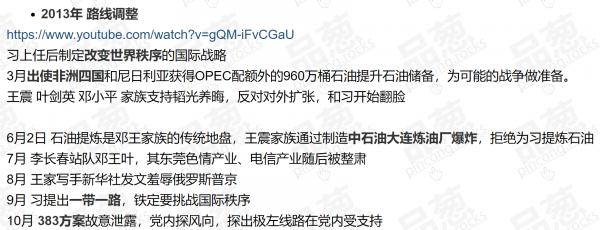


...... ...... ......



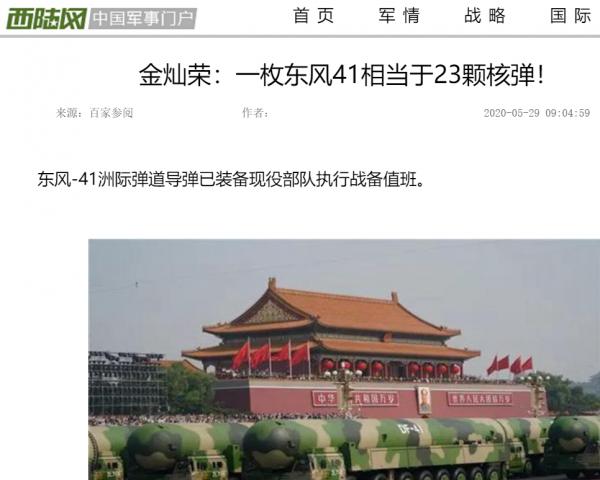
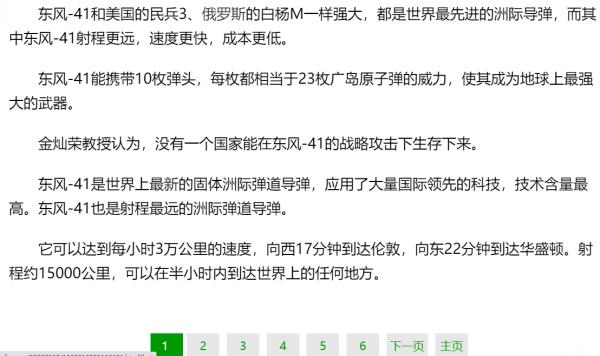

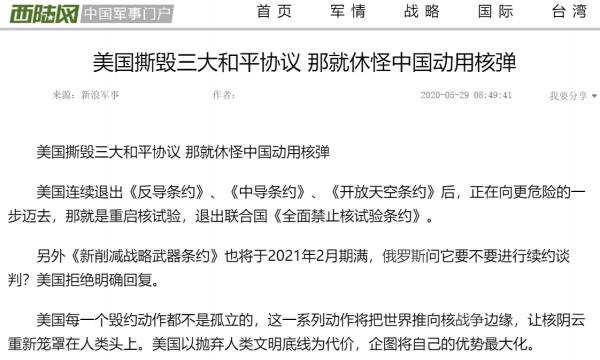

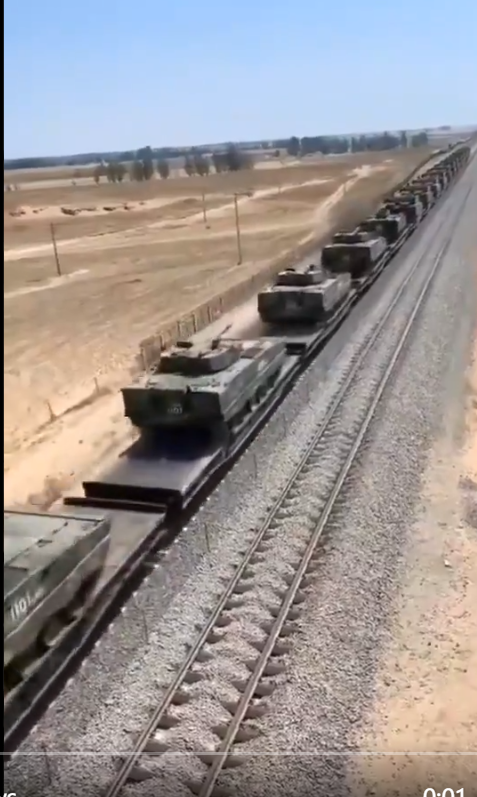
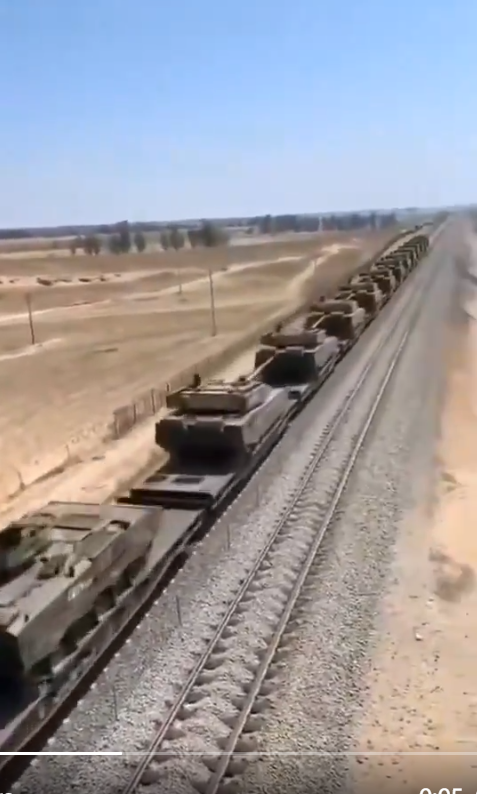
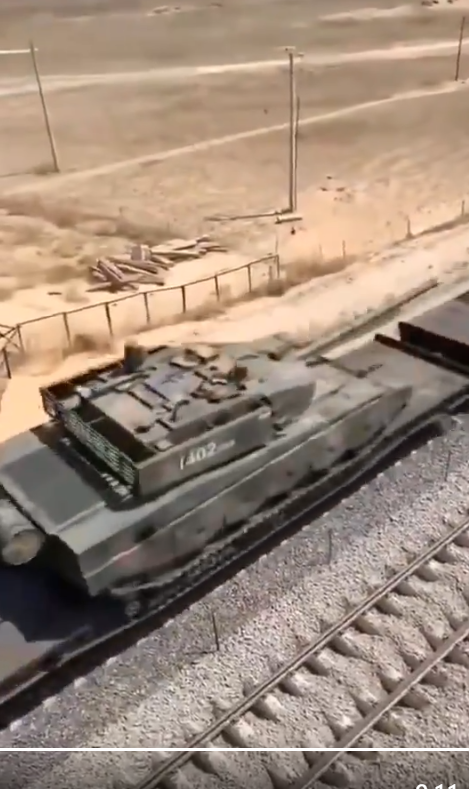

视频链接: https://twitter.com/20203316biwang/status/1266206312561471489
|
